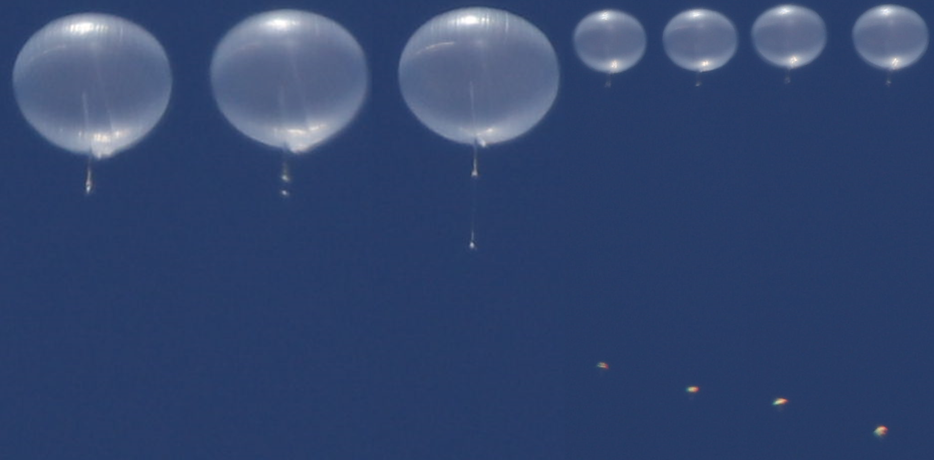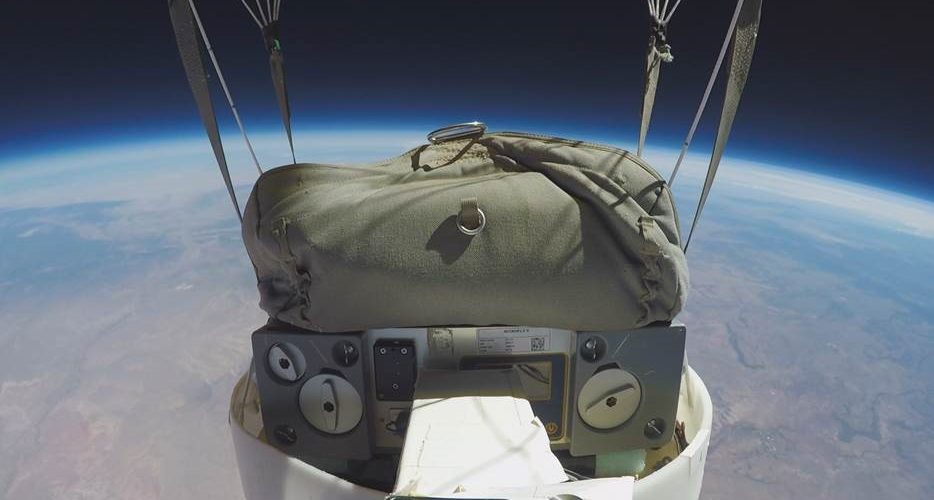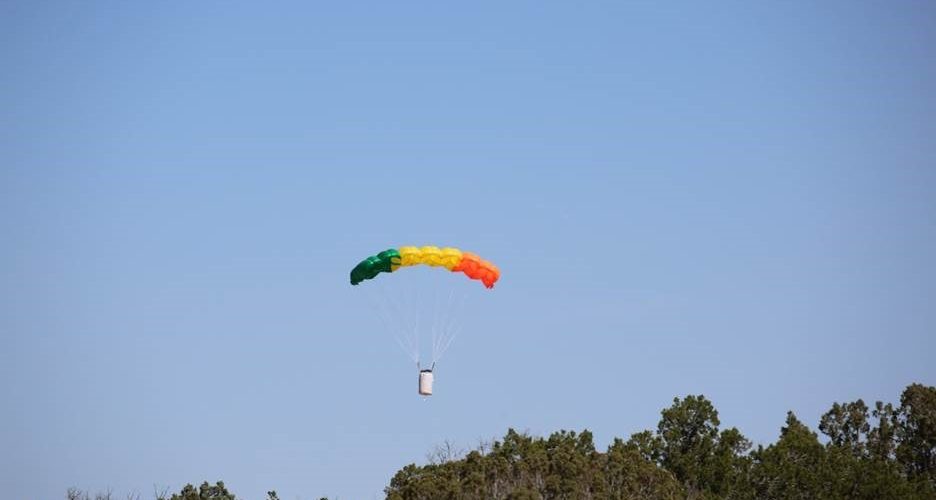GPHAR II: Successful Second Flight
On 22 Sept 2019, Airborne Systems successfully completed the second guided parafoil high-altitude research flight of the GPHAR II precision delivery system. Released from a helium balloon from an altitude of 101,140 ft MSL, the self-steering 230 ft2 GPHAR II parafoil parachute recovered a 97 kg test payload, and delivered the payload successfully to within 366 m of pre-selected landing coordinates 35 km away. Since the precision landing enabled a rapid recovery in an easily accessible area, the payload was returned back to the launch site, impressively, in just 5 hours and 20 minutes after launch (inclusive of ascent, float, descent, and recovery). The test was notable in that this was the first time that a flight released from above 100,000 ft was fully autonomous with the flight software maintaining control over the parachute for the entirety of the descent. The flight software conducted 64 turning events across all altitudes during the one-hour descent, and also made the autonomous selection of a most suitable landing point from a group of 8 readily accessible pre-selected landing points based on proximity and real time winds. The balloon was launched out of St. John Arizona with Worldview as the balloon flight service provider.
Development of this technology enables capabilities such as recovery of scientific balloon payloads, recovery and re-use of rocket components, satellite recovery, ISS sample return, and Mars or other terrestrial body descent and landing systems.
Photo of deployment at 101,163 ft MSL and 35 km away:
Flight Radar Ground Track, 4.1 hour flight (ascent to east, drift to west, release 35 km NW of launch):
Parachute opening at 100k ft MSL:
Landing @ 6,151 ft MSL:




